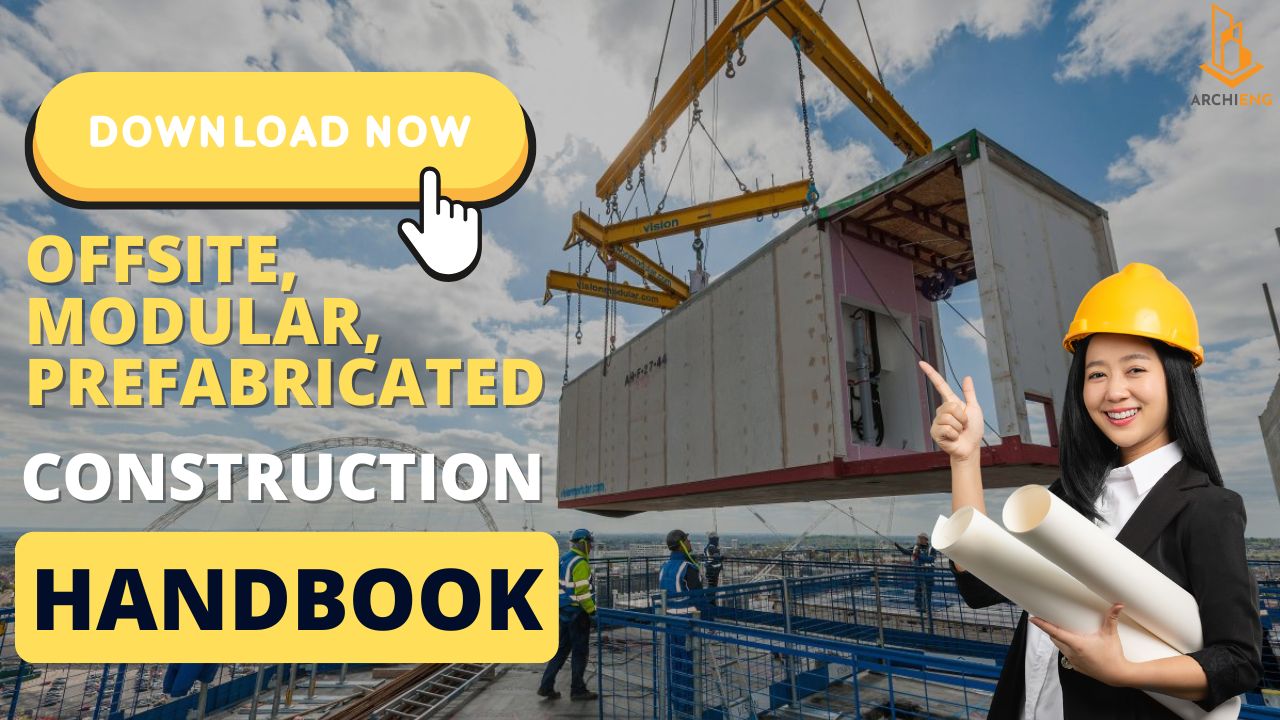Who is responsible for Seismic Compliance in Australia?

In Australia, the responsibility for seismic design for non-structural elements typically lies with the building designer, such as the architect or building engineer, and the building owner.
Non-structural elements include elements of a building that are not part of its structural system, such as lightweight partitions, steel studs, suspended ceilings, lighting fixtures, plumbing and electrical systems, and non-load bearing walls. These elements can pose a risk to the occupants of the building during an earthquake if they are not designed or installed properly.
The building engineer is responsible for specifying the design requirements for non-structural elements, such as their location, type, and materials, to ensure they are capable of withstanding the expected seismic loads. The building owner is responsible for ensuring that the non-structural elements are installed correctly and are maintained in accordance with the design requirements.
The Australian Building Codes Board (ABCB) is responsible for developing and maintaining the National Construction Code (NCC), which includes the Building Code of Australia (BCA). The BCA provides guidance on the minimum requirements and standards for the design and installation of non-structural elements in buildings, including requirements for seismic design.
Background on AS1170.4 ‘Structural design actions, Part 4: Earthquake actions in Australia’
Throughout much of the past decade, our industry showed concern over Australia’s National Construction Code and the lack thereof in responsibilities over earthquake actions in newly built structures across Australia. The Queensland Building and Construction Commission published an article in 2019 titled ‘Designing and building to accommodate earthquake loads’ that highlights reasons why Australia must comply with the already existing earthquake standards AS1170.4 – originally published in 1993.
Australia sits on the Hikurangi tectonic plate boundary (a convergent boundary comprising of the Australian and Pacific plates which push against one another), and while we are not often subject to severe earthquakes, Australia is not immune to regular earthquake activity. Let us not forget about the 1989 earthquake in Newcastle which resulted in the tragic death of 13 people and saw more than 160 people injured.
Industry obligations
The aim for AS/NZS1170.4 in the event of an earthquake, is to prevent collapse and protect life. The structure must be able to absorb energy from the seismic activity and protect human life.
Buildings designed after the adoption of AS1170.4 in 1993 are believed to have adequate structural resistance for seismic loads. However, between 1993 and 2019, it was common for non-structural elements to have little-to-no earthquake resistance elements in their design.
From the accounts of survivors of earthquakes, we know that non-structural components have dislodged and caused injury, damage, or death.
What AS 1170.4 actually says
This Standard sets out procedures for determining earthquake actions and detailing requirements for structures and components to be used in the design of structures. It also includes requirements for domestic structures.
2.2 DESIGN PROCEDURE
The design procedure (see Figure 2.2) to be adopted for the design of a structure subject to this Standard shall-
( a) determine the importance level for the structure (AS/NZS 1170.0 and BCA);
(b) determine the probability factor (kp) and the hazard factor (Z) (see Section 3);
( c) determine if the structure complies with the definition for domestic structures (housing) given in Appendix A and whether it complies with the requirements therein;
(d) determine the site sub-soil class (see Section 4);
(e) determine the earthquake design category (EDC) from Table 2.1; and
(f) design the structure in accordance with the requirements for the EDC as set out in Section 5.
Importance level 1 structures are not required to be designed to this Standard, (i.e., for earthquake actions), and domestic structures (housing) that comply with the definition given in Appendix A and with the provisions of Appendix A are deemed to satisfy this Standard.
All other structures, including parts and components, are required to be designed for earthquake actions.
Source: AS 1170.4-2007 Structural Design Actions – Earthquake Actions in Australia, page 6, page 15.
What is required for non-structural elements?
Today, it is expected that non-structural components – such as mechanical plant equipment, HVAC platforms, ceilings, walls, plumbing and electrical work (such as lighting fixtures), have seismic capabilities built into their design and function. They must be able to withstand horizontal and vertical seismic forces.
The responsibility of ensuring compliance with AS/NZS 1170.4 sits with Principal building contractors and Certifiers.


.png)
.png)




.jpg)


.png)

.png)







.png)

.png)



.png)
.png)





.png)



.png)


.png)
.png)

.png)
.png)
.png)
.png)

.png)




.png)






.png)

.png)
.png)
.png)
.png)
.png)
.png)
.png)
.png)
.png)
.png)
.png)











